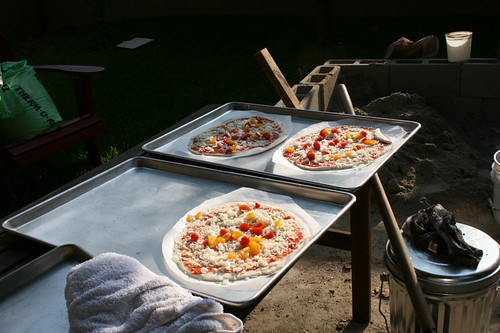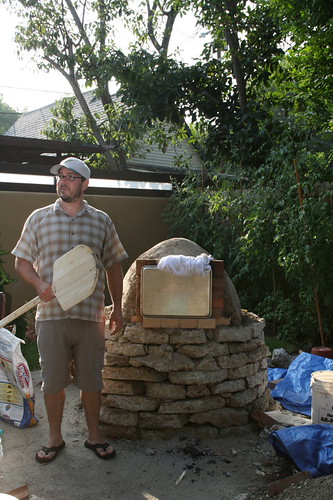Reinhart's 100% Whole Wheat Sandwich Bread
One of my more recent acquisitions to my bread library is Peter Reinhart's Whole Grain Breads. I try to bake bread at least once a week, but as a college student, that isn't always feasible- especially with our tiny ovens. So to inaugurate the book I decided to make a sandwich loaf (hearth baking is nearly impossible in these ovens) and because Im trying to stick to whole grains as much as I can (yes, I sometimes resort to white breads!) the first whole wheat bread in the section it was!
- Log in or register to post comments
- 1 comment
- View post
- Chavi's Blog
 Hamelman's Oatmeal Bread
Hamelman's Oatmeal Bread

 [/center]
Instead of toasting English muffins, we toasted our
[/center]
Instead of toasting English muffins, we toasted our 

